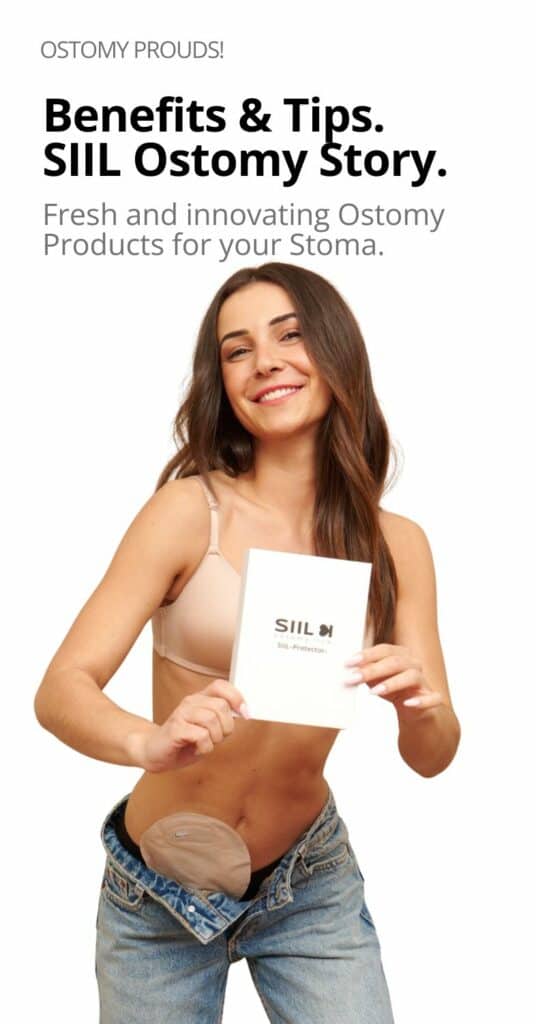
FREE DELIVERY IN USA OVER $120
FREE DELIVERY IN EUROPE OVER $100
Prevention is key in stoma care, but sometimes complications arise after ostomy surgery. These can be immediate or late. Although in this article we will focus on late complications, we mention which are the immediate ones.
Immediate complications are those that occur in the immediate postoperative period and are: edema, hemorrhage, ischemia, necrosis, infection, stoma retraction, flat stoma, dehiscence and evisceration.
Late complications usually appear when the ostomized patient has already been discharged from the hospital, therefore, knowledge of these complications is a priority issue in the pre-discharge education of a person with an ostomy.
Below, we explain each one of them:
Prolapse/ Evisceration: This is an abrupt exteriorization of an intestinal tract through the stoma. It can be caused by a very large muscular orifice in relation to the intestine, caused by abdominal hypertension due to coughing or crying.
Stenosis: It is the narrowing of the stoma orifice. It is usually secondary to other complications.
Granuloma: It is a peristomal epidermal protuberance, due to persistent skin irritation, caused by stitches not removed in time or by the use of incorrect devices.
Retraction: This is the sinking of the stoma into the abdomen due to excessive tension of the bowel.
Latrogenic lesions: These are usually ulcerations and decubitus lesions caused by inadequate or improperly used materials. They can also be caused by improper or deficient cleaning. You must take care of your stoma with the appropriate device for each case and situation.
Peristomal dermatitis: It is an irritation of the skin around the stoma. It can be immediate and delayed and it is the most frequent complication, so skin care is extremely important, since it will affect the patient’s quality of life.
The most common sufferers are those with an ileostomy, followed by those with colostomy and urostomy.
The categories of peristomal skin complications can be classified into five categories categories :
Chemical > This is an irritation caused by skin contact with stool and is usually due to the device not fitting snugly to the stoma.
Allergic > It is caused by an allergy to the adhesive of the device. It is rare.
Traumatic > It can be caused by a traumatic maneuver when removing the ostomy pouch, frequent change of device, abrasive cleaning when removing stool and creams, rubbing or pressure from poorly adapted equipment. The patient has itching in the area.
Most peristomal skin lesions have a solution. However, up to 80% of ostomy patients do not seek help for peristomal skin complications.
It is recommended to go to an enterostomal therapist to identify the category of the lesion and recommend the appropriate treatment, there are many products that prevent this type of injury in addition to the care of your stoma guided by the corresponding professional.
In addition to these complications, there are other types of situations in which you should see a doctor.
Share this with a friend:
DISCOVER OSTOMY ACCESSORIES:
DISCOVER MORE ARTICLES ABOUT OSTOMY

